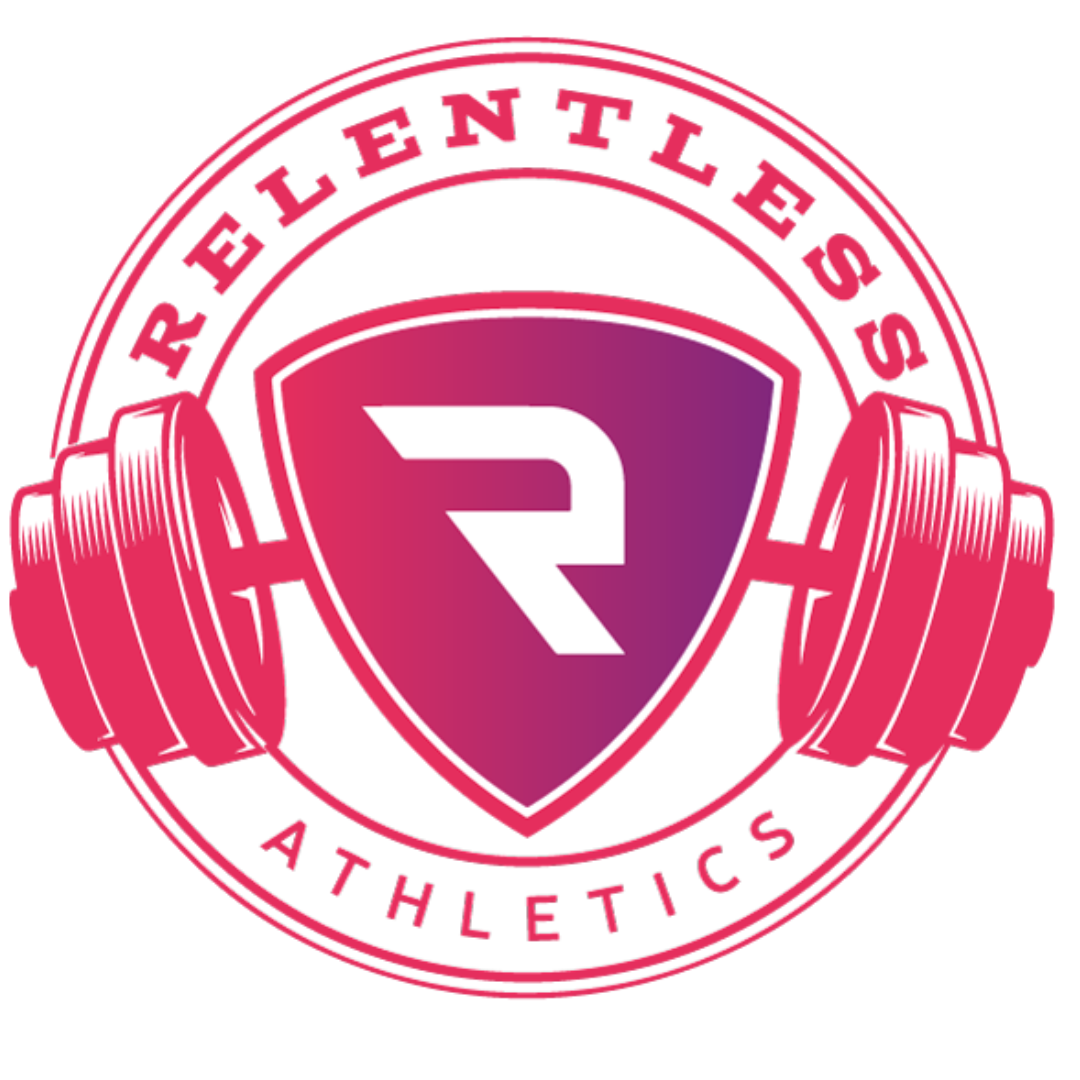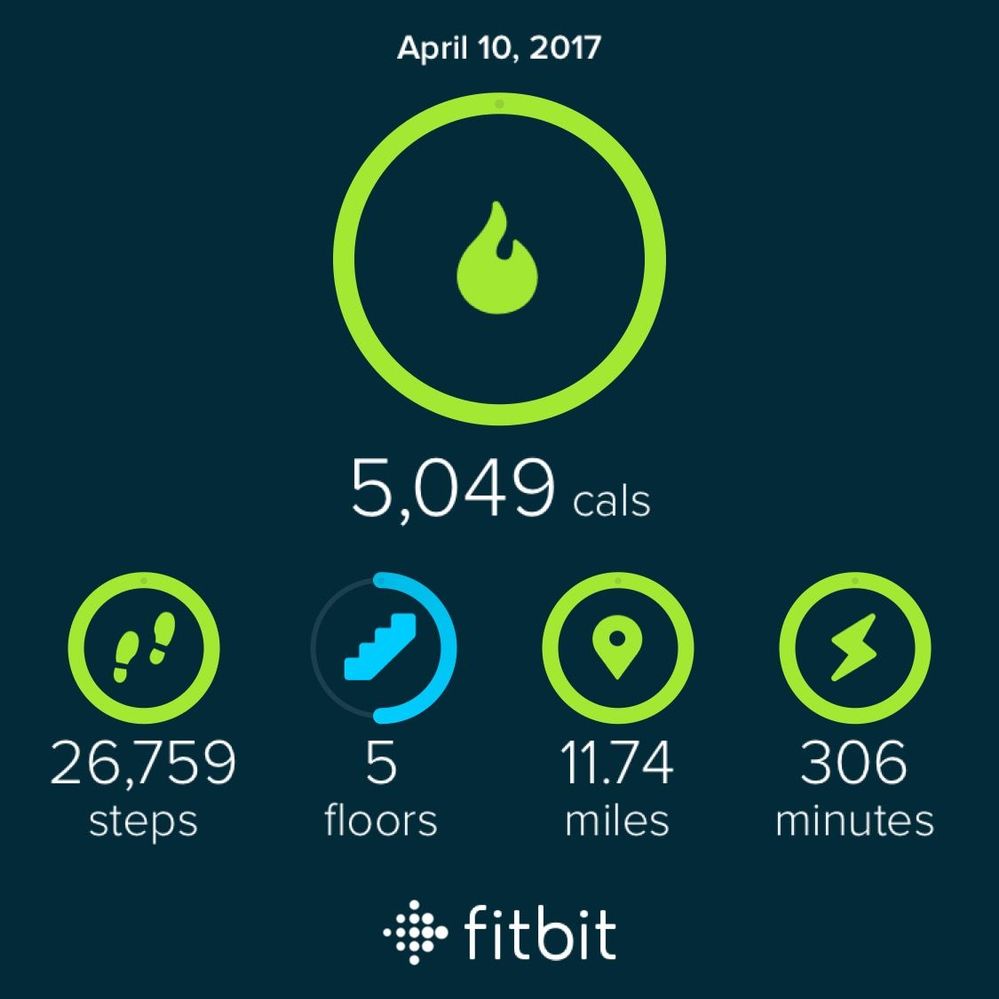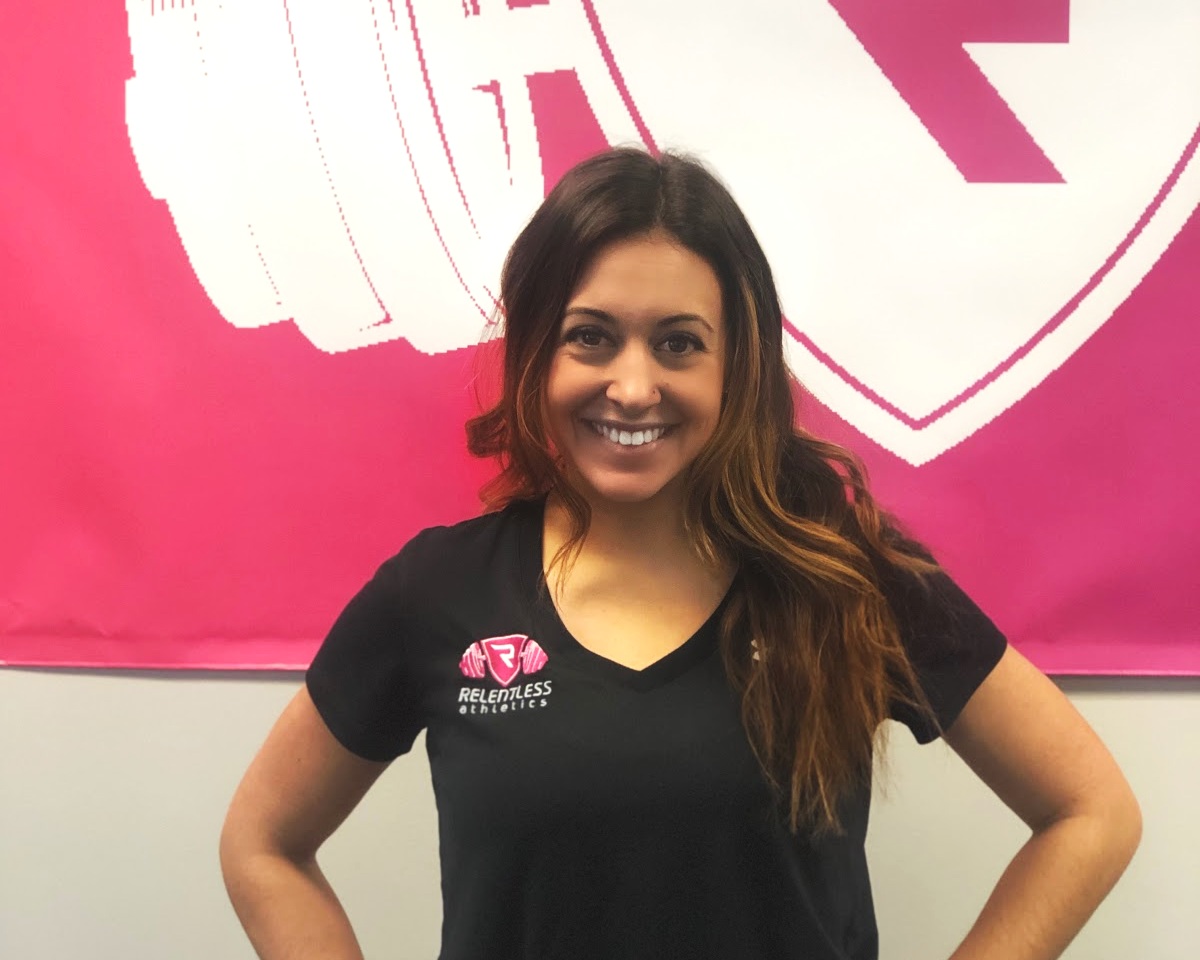Female Athletes & Their Menstrual Cycles
By Emily R Pappas, M.S.
Female athletes everywhere know their period will affect how they feel, and how they feel will affect how they perform. Although skipping a few periods or missing a period all together could seem attractive for a female who feels like crap on her period, a missing period or dysfunctional cycle is a HUGE warning sign that cannot be ignored.
This article helps explain the science behind the importance of a female athlete’s period in helping her perform and recovery and why a female athlete may be missing her period. Read on!
High Performing Female Athletes Are Getting Regular Periods.
Ladies, I know we don’t like to talk about “that time” of the month. But here’s the truth:
Your menstrual cycle DOES affect how you feel, and how you feel DOES affect your performance…..it’s COMPLETELY NORMAL…and its time we talk about it!
After winning the world cup, the USWNT brought this conversation to light when they revealed the entire team was tracking their cycle with the help of the Orreco’s FitrWoman app.
Through tracking, athletes and coaches were able to understand which players experienced symptoms during certain phases. As some studies have shown the menstrual cycle could be related to performance, nutrient utilization, recovery, and injury risks, this insight allowed the staff to adjust training load, sleep habits, and other lifestyle factors in relation to the athlete’s individual experience of symptoms.
This revelation brought to light an even more important topic we need to discuss: high performing female athletes are getting regular periods.
This is extremely important for the adolescent female athlete to understand as research demonstrates a relationship between the ABSENCE of ovulation and an increased occurrence of injuries and decreased performance levels (1,5,6,7).
If the highest performing female athlete is experiencing a regular period on a professional training load, the average adolescent female needs to recognize not getting a regular period is a WARNING SIGN!
In this article, we’re going to discuss:
Why menstruation is critical for health and long-term performance and
What you can do if your cycle has changed since you’ve been training
Lets dive in……
Why Is Your Period IMPORTANT?
In biology class we all learned that around 14 days into your cycle your ovaries release an egg that implants itself into the uterine wall ready to be fertilized. If fertilization does not happen at least 10 days after, your body discharges the uterine lining along with the fertilized egg leading to “the bleed”.
We learned that this entire process is governed by a cycling of hormones (most notably estrogen and progesterone)
Its fairly obvious your period is a necessary indicator that your body is able to develop a child.
But what may not be quite as obvious is your period is a necessary indicator that your hormones are cycling to help your body maintain homeostasis and function optimally!
You see hormones related to reproduction like estrogen and progesterone do not act solely within the reproductive cycle. In biology class we all learned that hormones are “chemical messengers” that are communicating with multiple areas of our body.
For instance, while rising estrogen in the pre-ovulatory phase helps your ovaries mature an egg, estrogen also acts to tell other cells cells to increase their sensitivity to insulin allowing for increased blood glucose uptake (2). For the female athlete, this means improved performances at higher intensities.
At other cells, estrogen acts as estrogen acts as an anti-inflammatory agent leading to reduced fatigue and improved recovery times after training (4).
Meanwhile, estrogen has also been shown to increase joint laxity and has been postulated to increase a female athlete’s risk of knee injury (1, 7) .
It is important to understand your hormones do NOT act alone. Interestingly, some studies have shown the increased laxity of the ACL associated with increased estrogen are BLUNTED with the presence of testosterone . This is extremely important as testosterone is a hormone that ALSO fluctuates throughout your menstrual cycle (5).
For this reason, its obvious that hormones interact with one another. As one hormone increases and messages its receptor cells, other hormones may then be reduced in concentration or increased in production in response. This relationship and cyclical nature of your hormones as a female are NECESSARY to help your body perform at its highest.
So what happens if your period stops coming as frequently as it once did or all together?
Why Is Your Period Missing?
Your body is BIG into warning signs.
It tells you when it it needs fuel, when you need a rest day, and how hard you can push without risking an injury. When something isn’t right, it WILL give you a SIGN!
High performing female athletes MUST learn to be in tune with their bodies.
Have you started menstruation but noticed:
Extremely light periods….
Periods greater than 60 days apart…
Feeling chronically fatigued or exhausted…
Struggling to maintain good muscle tone…
Or your periods have STOPPED altogether??
These are HUGE red flags! But WHY is your period missing?
As we have discussed, your period is regulated by sex hormones. An imbalance of these hormones affects the regulation and occurrence of your period.
I know what you are thinking- I am not trying to get pregnant, so why does it matter?
Remember, your hormones do MORE than just influence your reproductive system. If your period is missing, it is a sign that your body’s way of maintaining homeostasis required for a healthy functioning body is out of whack
When your hormones are not cycling in a manner that allows you to ovulate, other aspects of your health are greatly affected.
For instance, females who are missing their period are at a higher risk for (4)
Low bone mineral density
Musculoskeletal injuries
Decreased immunity
Decreased protein synthesis
Decreased cardiovascular health
Increased GI distress
For female athletes who experience injuries (especially ACL or knee injuries) at a 3-8x higher rate than their male counterparts (4), we need to emphasize the relationship between these injury risks and your menstrual health.
As menstrual health could be an indicator for energy availability, low energy environments lead to fatigue. Fatigue has been repeatedly shown to influence injury rates (3,4).
For instance, In a study on high school female athletes in 2012 (6), researchers cited females who experienced menstrual irregularities (9 or fewer cycles) were almost 3x as likely to sustain a musculoskeletal injury compared to athletes reporting normal menses.
If you are a female athlete looking to perform, you are going to have a REALLY hard time doing so if you are on the side-line recovering from an injury. Even worse, if your period is missing, your rate of recovery from the injury may also be impaired (5).
Ok so what is the underlying cause of menstrual dysfunction in female athletes?
Beyond other medical conditions such as PCOS, there are two main factors that can impact your body’s ability to maintain proper hormone levels…
#1: You are UNDER-FUELED
Female athletes who are not consuming enough food to match their activity level compromise their hormonal balance.
Chronic caloric restriction is a stress on the body. High levels of stress hormones like cortisol inhibit the body’s main sex hormones:
GnRH: gonadotropin-releasing hormone, which is responsible for the body’s release of other hormones…
LH: luteinizing hormone, which triggers ovulation….
estrogen and progesterone: two hormones that cycle throughout your cycle and are CRITICAL in reproductive development and fertility (4)
When these hormone levels drop, it suppresses ovulation and throws your menstruation cycle off.
Calorie deficit are necessary for fat loss but here’s the problem for active female athletes:
Most people who use a chronically low-calorie diet are NOT proving their body with ENOUGH macronutrients their body needs for vital hormone production and regulation (3). With restriction or eliminated diets, the amount of energy available for the body is limited. Because your body is adept at adapting to its environment, it adapts to the low caloric intake by slowing down metabolic processes not necessary for survival.
Remember from biology class, your metabolism is the SUM of chemical reactions that occur in your body. For metabolic processes to slow, your hormonal concentrations must change to help signal to the rest of your body to CONSERVE ENERGY.
For female athletes, this can be mean the loss of ovulation. Why? Well your body deems the energy availability as low and therefore recognizes the cost of ovulation as TOO HIGH for your body to handle. As such, with a decreased metabolism, the hormones responsible for ovulation are suppressed leading to a stoppage of ovulation as well as many other processes to help your body conserve energy (like non-exercise activity thermogenesis) (3).
Even more, diets chronically low in calories are too often also chronically low in dietary fats like cholesterol, as well as chronically low in carbohydrates. Cholesterol is a precursor for sex hormones.
Too little cholesterol results in a decrease in raw material for sex hormone production.
Too few carbohydrates results in low LH levels, resulting in ovulation inhibition (4).
If think you are fueling your body adequately but still experiencing a change in your menstrual cycle, here’s another reason your body might be raising the red flag….
#2 Too Much Activity/Not Enough Recovery
You train hard. And, that’s a good thing. Training hard is the only way to really get BETTER.
But your body NEEDS recovery.
Female athletes who are subject to a lot of intense training without enough recovery time expose their bodies to high stress levels.
And those stress hormones? They make it difficult for your body to regulate ovulation.
Female athletes training double digits in hours per week are exposing their bodies to high amounts of stress and fatigue. To recover from this fatigue, the body needs energy.
The TWO largest contributors to recovery
What should you do if your periods are off? Your body is telling you it’s time to focus on recovery.
Remember that recovery can be summed up in two parts:
Food
Sleep
SLEEP
Although we are still learning about the complexities of sleep, we do know that sleep is when your body reduces fatigue and regulates hormones
With higher levels of stress through physical sport volume or emotional stress from school and friends, your body requires more time to regulate and recovery.
In higher volumes of sport play or intensities (like your soccer season or club showcase), athletes are exposed to much higher levels of fatigue and stress. This stress level is especially exacerbated when factoring in school and social life stressors.
Fatigue and stress are huge inhibitors of maintaining homeostasis. For adolescent and professional athletes, 8-10hours of sleep is the minimum necessary to provide the body with the time it needs to recover and grow.
For the young female athlete, we find sleep during the time-crunched season is often exchanged for more hours studying or time on netflix.
Lack of sleep has been demonstrated to increase fatigue levels, reduce performance, reduce skill acquisition and memory formation, increase risk of injury, decrease psychological wellness. Now add an infrequent period to the equation and you have a recipe for disaster.
But, by adding more hours of sleep per night during the season to reach this 8-10hr goal, the female athlete’s body is much more capable of combatting this fatigue, promote recovery, and regulate hormones. This means higher performances and reduced risks of injuries!
NUTRITION
For female athletes who think they are eating enough based on their expenditure, it is also very important for them to understand energy is needed for the processes involved in RECOVERY.
Unfortunately with “scientific technology” like fit-bits or calorie counts on your apple watch, these “sophisticated” devices estimate caloric expenditure based on heart rate, step count, and duration.
These devices fail to account for other energy requirements such as those needed in recovery processes- like metabolite clearance and muscle regeneration after a high volume resistance training session or high impact sporting event; glycogen re-synthesis after a long intense tournament; or the growth of structures involved in adaption processes from your periodized training program
For female athletes approaching a high volume or intense period of play, it may be necessary to add more food to their diets to help ensure their bodies are provided the extra energy they need to repair and recover from the added stress..
For the female athlete missing her period, more sleep and increased caloric intake could lead to improved recovery & stress hormones stabilization, allowing her body to return to a more consistent ovulation schedule.
Closing Thoughts
It’s SUPER important to listen to your body, especially when something irregular is happening to your menstrual cycle.
The absence of your cycle can indicate that you are suffering from Female Athlete Triad or REDs, a SERIOUS condition that can cause loss of bone density, put you at high risk for fractures/injury, and saddle you with lifelong health issues. You work too hard for that!
Concerned your menstrual cycle is affecting your performance? After all, even Fu Yuanhui lamented that her team’s bare-miss of placing this last Olympics was due, in part, to her period. We know being on your period changes the way you perform…but not having your period could have an even longer lasting impact on your athletic career.
…To learn more about female athletes & their menstrual cycle check out a few of our other articles that discuss
….For more individualized guidance, schedule an in person or virtual nutrition consultation with us and we can discuss the relationship of your diet, training load, recovery and its influence on your menstrual cycle!
References
(1) 1.Anderson, Michael J., et al. “A Systematic Summary of Systematic Reviews on the Topic of the Anterior Cruciate Ligament.” Orthopaedic Journal of Sports Medicine, vol. 4, no. 3, 2016, p. 232596711663407., doi:10.1177/2325967116634074.
(2) D’Eon, T., Sharoff C., Chipkin S., Grow D., Ruby B., et al. (2002) Regulation of exercise carbohydrate metabolism by estrogen and progesterone in women. American Journal of Physiology-Endocrinology and Metabolism.vol: 283 (5) pp: E1046-E1055
(3) Korsten-Reck, U. (2016, 03). The IOC Consensus Statement: Beyond the Female Athlete Triad – Relative Energy Deficiency in Sports (RED-S). Deutsche Zeitschrift Für Sportmedizin, 2016(03), 68-71. doi:10.5960/dzsm.2016.222
(4) Sargent, D., Barker, K. (2018). Strength and Conditioning for Female Athletes. The Menstrual Cycle, Exercise, and Performance. Marlborough: Crowood. pp 190-201.
(5) Shultz, Sandra. “The Effect of Sex Hormones on Ligament Structure, Joint Stability and ACL Injury Risk .” SEX HORMONES, EXERCISE AND WOMEN: Scientific and Clinical Aspects, SPRINGER, 2018, pp. 113–138.
(6) Thein-Nissenbaum, Jill M., et al. “Menstrual Irregularity and Musculoskeletal Injury in Female High School Athletes.” Journal of Athletic Training, vol. 47, no. 1, 2012, pp. 74–82., doi:10.4085/1062-6050-47.1.74.
(7) Zazulak, Bohdanna T, et al. “The Effects of the Menstrual Cycle on Anterior Knee Laxity.” Sports Medicine, vol. 36, no. 10, 2006, pp. 847–862., doi:10.2165/00007256-200636100-00004.
ABOUT THE AUTHOR
Emily holds a M.S. in Exercise Physiology from Temple University and a B.S. in Biological Sciences from Drexel University. Through this education, Emily values her ability to coach athletes with a perspective that is grounded in biomechanics and human physiology. Outside of the classroom, Emily has experience coaching and programming at the Division I Collegiate Level working as an assistant strength coach for an internship with Temple University’s Women’s Rugby team.
In addition, Emily holds her USAW Sport Performance certification and values her ability to coach athletes using “Olympic” Weightlifting. Emily is extremely passionate about the sport of Weightlifting, not only for the competitive nature of the sport, but also for the application of the lifts as a tool in the strength field. Through these lifts, Emily has been able to develop athletes that range from grade school athletes to nationally ranked athletes in sports such as lacrosse, field hockey, and weightlifting.
Emily is also an adjunct at Temple University, instructing a course on the development of female athletes.
















